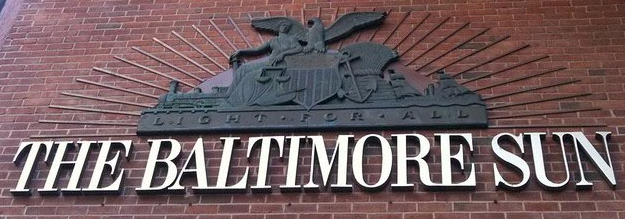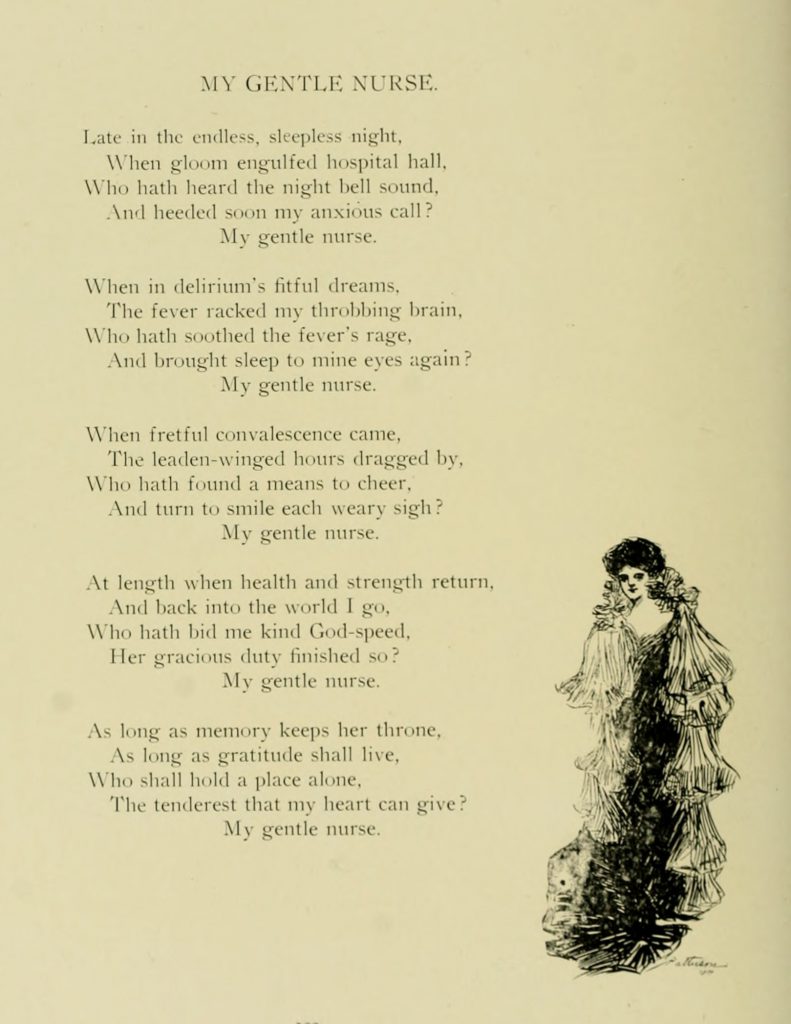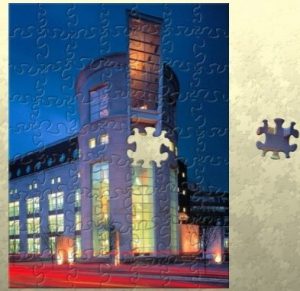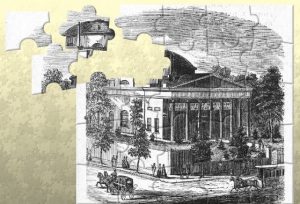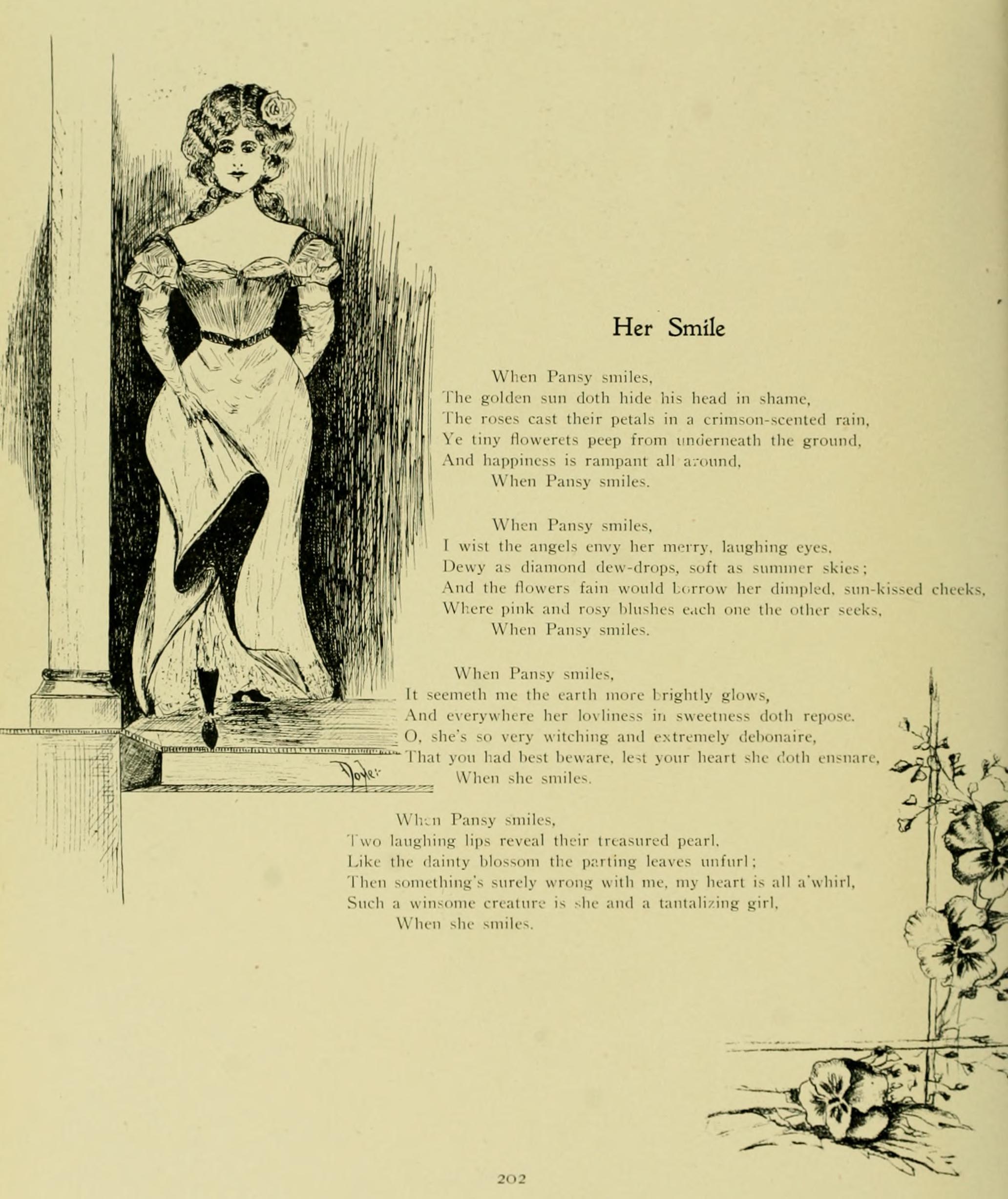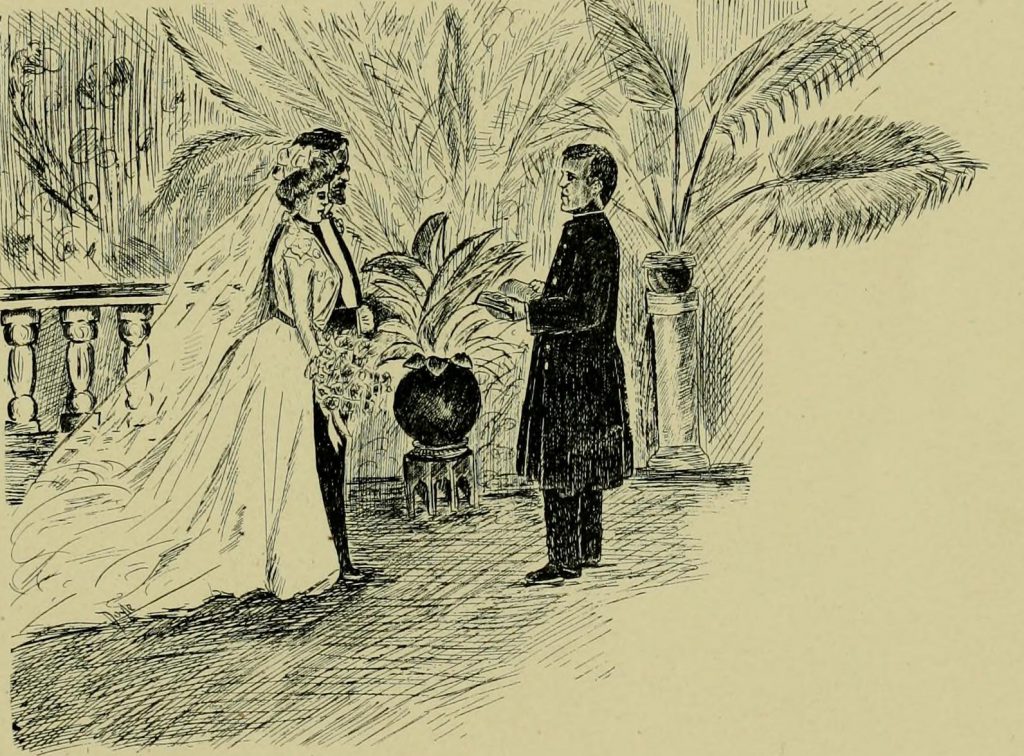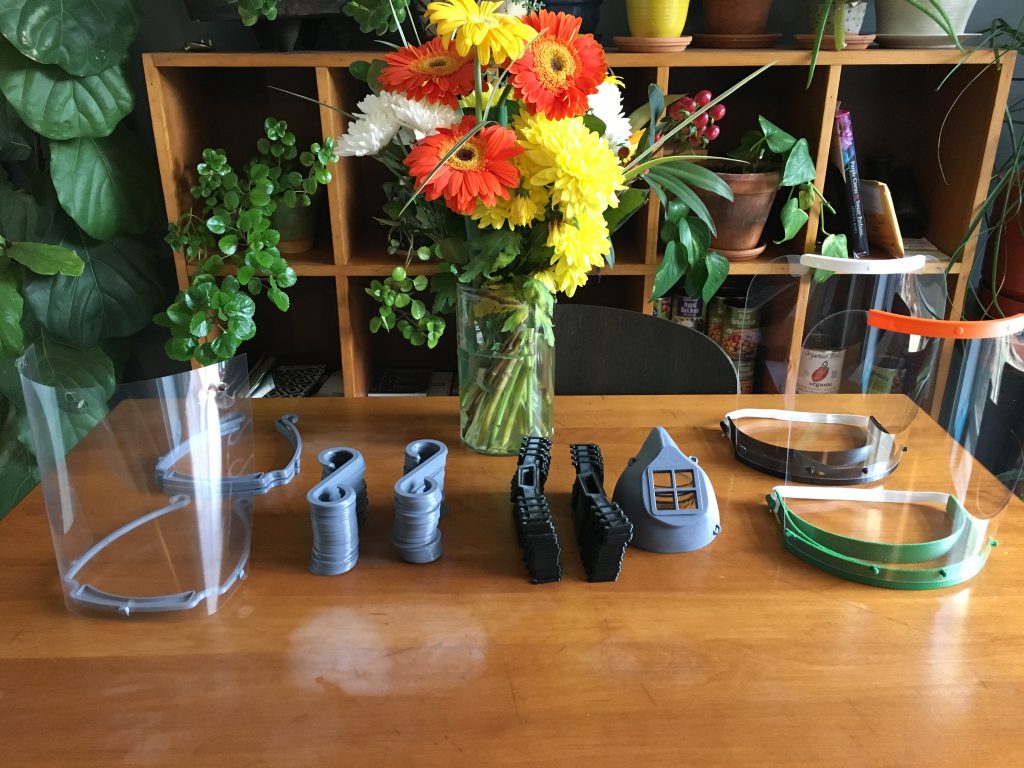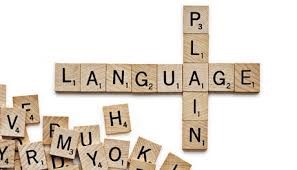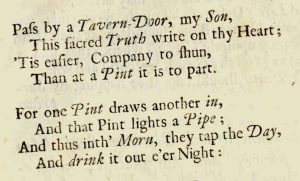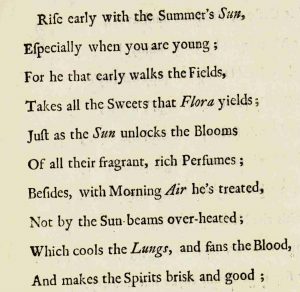The Health Sciences and Human Services Library Historical Collections’ strives to provide broad access to our diverse collections both in person and digitally. Materials in our collections appear as they originally were published or created and may contain offensive or inappropriate language or images and may be offensive to users. The University of Maryland, Baltimore does not endorse the views expressed in these materials. Materials should be viewed in the context within they were created.
April is National Poetry Month, an appropriate time to dig into historical collections to celebrate the literary talents of past members of the UMB community. Despite UMB’s deep roots in medicine and other health related fields, Historical Collections materials reveal an appreciation for the arts among faculty, students, and staff alike. For example, Historical Collections houses a well-loved copy of The University Ode, a piece written for the Alumni Association.
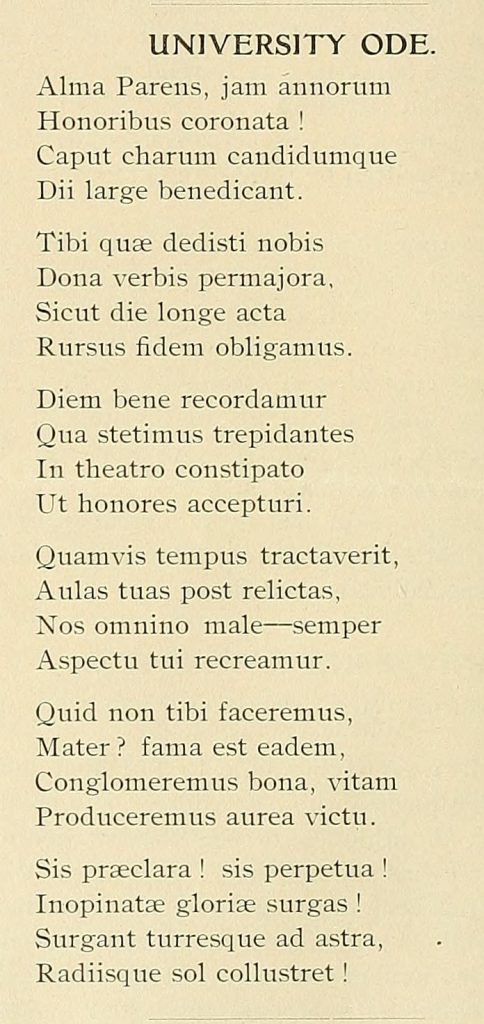
The University Ode words by Dr. Eugene F. Cordell, Music by Dr. Theodore Hemberger. Latin texts, 1905, from Old Maryland, January 1905.
The piece started out as a poem in Latin written by Dr. Eugene F. Cordell, then Librarian and Professor of the History of Medicine at the University of Maryland School of Medicine. Dr. Eugene Fauntleroy Cordell was born in Charlestown, WV in June 1843. He served in the Confederate Army during the Civil War and attended the University of Maryland School of Medicine after his discharge, graduating in 1868. Following graduation he held various positions in Baltimore hospitals and held a private practice; co-founded the Women’s Medical College in Baltimore; co-edited the Maryland Medical Journal; and authored A Historical Sketch of the University of Maryland (1891), Medical Annals of Maryland (1903), and The University of Maryland, 1807-1907 (1907). He joined the faculty of the University of Maryland in 1903 and wrote the Ode around 1905.
The music to The University Ode was composed by Dr. Theodore Hemberger. Dr. Hemberger was born in Bruchsal, Germany in 1871. His first piece was composed at the young age of ten. He studied music privately and conducted his first orchestra by age eighteen, after which he was sent to study law in Berlin. While in Berlin his musical talents were once again discovered and he was invited to study at the Hochschule fur Musik. In 1893 he met Emma Conrad, a singer from Scranton, PA. He fell in love and followed her to the United States, marrying her in 1894. In 1903 he moved to Baltimore to become director of the Germania Männerchor, which was founded in 1856. While director of the Männerchor he also composed and performed in H.L Mencken’s Saturday Night Club (1904-1950) and taught violin as a faculty member at the Peabody Conservatory of Music (1910-1915). Dr. Hemberger also served as director of the University of Maryland Musical Association from 1903 to 1907.
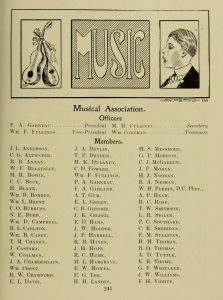
Musical Association Members from 1906 Terra Mariae Yearbook.
The University of Maryland Musical Association was founded in October 14, 1903 by Dr. John C. Hemmeter, Professor of Physiology and Clinical Medicine at the School of Medicine. Dr. Hemmeter believed the study of music and musical performance was an important outlet for physicians and medical students. He created the Musical Association to highlight the talents of the students at the University of Maryland; it was the first organization to include members from all schools at UMB. The organization held performances which earned money for the University’s endowment fund. Unfortunately, membership in the organization dwindled and by 1907 the club disbanded.
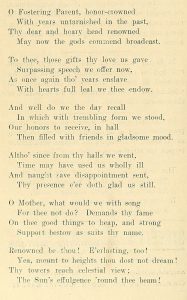
University Ode, translated by Dr. Eugene Lee Crutchfield, 1908. Old Maryland, August-September 1908.
The University Ode was adopted by the University’s Alumni Association as the official song of the school in 1907. The Ode was performed live in April 1906 by Dr. Hemberger and the Germania Männerchor, signaling the start of the Centennial Celebrations, which continued through 1907. During the Centennial Celebrations, Dr. Cordell was given an honorary degree of Master of Arts for his scholarly contributions; The Ode was mentioned as an important part of these contributions during the awards ceremony. It was featured in the 1907 Commencement exercises and in 1908 Dr. Eugene Lee Crutchfield, School of Medicine Class of 1887, translated the Ode from Latin to English. After the fanfare of the Centennial Celebrations, The University Ode seems to have been forgotten.
The copy in Historical Collections dates to 1905 and is part of Dr. Cordell’s papers available in the department. Beginning in October 1905 copies of The University Ode, like the one in Historical Collections, were available at Krantz’s Music Store at 7 West Fayette Street, Baltimore. Copies sold for 30 cents.
References:
Bones, molars, and briefs. (1904). University of Maryland, Baltimore. Retrieved from: http://hdl.handle.net/10713/2453.
Old Maryland. (1905-1906). University of Maryland Alumni Association, Baltimore. Retrieved from: http://hdl.handle.net/10713/472.
Old Maryland. (1907-1908). University of Maryland Alumni Association, Baltimore. Retrieved from: http://hdl.handle.net/10713/473.
Terra Mariae. (1906). University of Maryland, Baltimore. Retrieved from: http://hdl.handle.net/10713/2462.
Terra Mariae. (1905). University of Maryland, Baltimore. Retrieved from: http://hdl.handle.net/10713/2454.
Theodor and Emma Hemberger scores, PIMS.0080, Arthur Friedheim Library Special Collections, Peabody Institute, The Johns Hopkins University. Retrieved from: https://aspace.library.jhu.edu/repositories/4/resources/1289.
